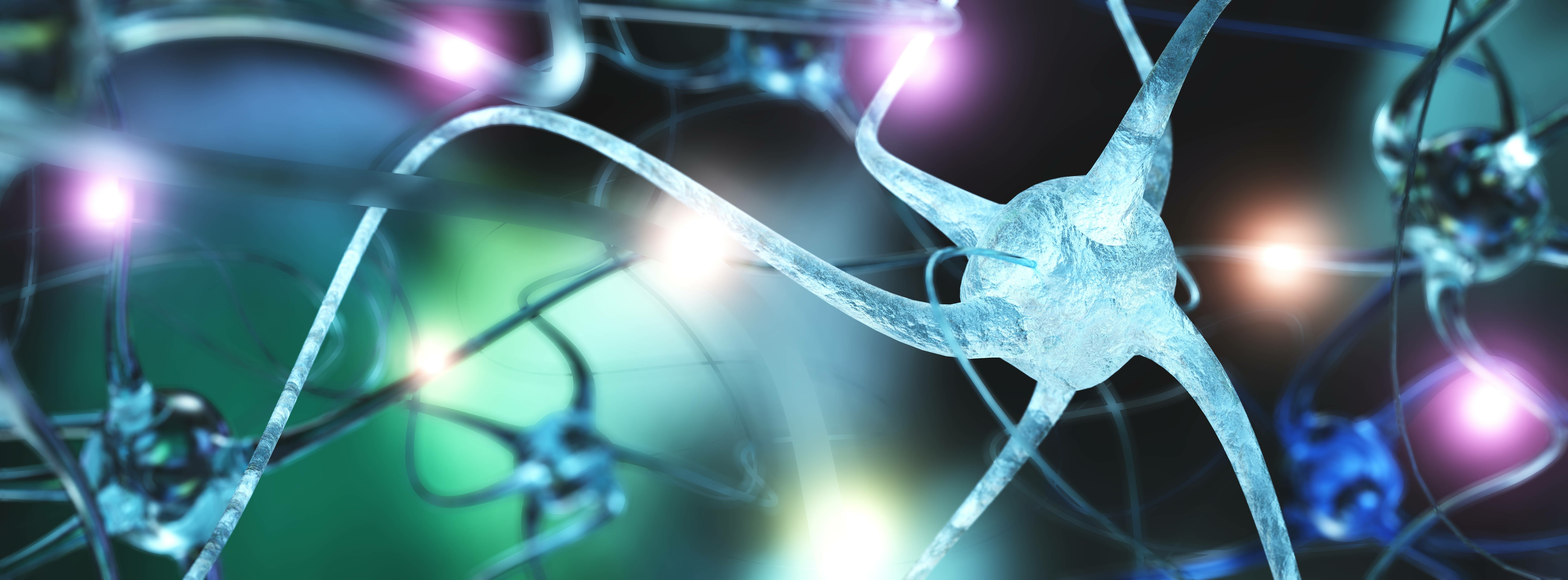Why Music Matters More Than We Think
Part 1 – Sound, The Body & The Brain

We talk about music as if it were something external.
Background, soundtrack, atmosphere.
But the truth is, music lives inside us.
It shapes our biology, regulates our emotions, and stitches invisible threads between people long before we understand why.
I’ve always felt that.
Now I want to understand it, to explore how sound and the nervous system talk to each other, and what that means for connection, emotion, and belonging.
Let's talk about it.
Amsterdam, Before Sunrise
Amsterdam is quiet after a party.
The canals shimmer with that almost-morning stillness, that velvet hour when the city is half-asleep but the air still carries traces of bass.
I love biking through Amsterdam at this hour.
The city feels like it’s letting me in on a secret.
The quiet canals, the soft reflections, the kind of beauty that makes you slow down just to take it in.
The music has stopped, but my body hasn’t quite received the memo.
Every pedal stroke keeps time with a rhythm that no longer plays.
I used to call that feeling “afterglow.” Now I know my nervous system simply hasn’t stopped dancing.
When the Brain Joins the Beat
And yes, I was thinking about neuroscience last night, but not in the analytical sense.
I wasn’t silently narrating dopamine pathways between the bridge and the chorus.
It’s more like an awareness that hums in the background.
The way you might feel the architecture of a room without looking at it.
I know what’s happening, but I’m still lost in it.
The knowing makes it deeper, not smaller.
Every bass line that builds anticipation, dopamine.
Every shared chorus that makes strangers lift their arms, oxytocin.
Every deep, steady kick drum, a message straight to the vagus nerve, whispering "you’re safe, you can let go now."
Music flirts with the body like that, patient, teasing, never rushing the drop.
It knows that pleasure lives in anticipation.
Neuroscientists have language for it, dancers just call it timing.
The Ancient Language of Rhythm
What fascinates me most is how ancient this conversation between sound and biology really is.
Our heartbeat is rhythm.
Our voice is pitch.
Long before we had words, we had sound, to soothe, to warn, to attract, to belong.
The body recognises safety before the mind translates it.
That wiring never leaves us, it just hides under playlists and decibels.
The entire auditory system is built for emotion.
When a melody fits, the brain doesn’t ask why.
It releases dopamine and calls it joy.
When we sing together, our breathing synchronises, our hearts subtly align.
Mirror neurons light up, copying each other’s movements until our bodies agree we’re part of something larger.
The brain doesn’t distinguish between love, dance, or laughter.
It simply notes that we’re safe enough to drop our guard.
It’s biology’s most elegant trick, using vibration to tell us when we belong.
The Body Remembers the Song
And I go looking for this.
That moment when sound makes people soften.
When a beat spreads like a slow wave across a crowd, everyone exhales at once.
You can feel the collective nervous system settling, syncing, surrendering.
It’s intimacy without touch, communication without words.
Because that’s what happens when you dance with strangers who, for a moment, feel like family.
Your heartbeat syncs, your brain floods with oxytocin, your body releases endorphins.
A biochemical love letter to connection.
And then the track fades, the lights shift, someone laughs beside you and leans in just enough to say…
“I love your shirt, stranger!”
There’s a strange intimacy in music.
It reaches parts of us no words can reach, that quiet dialogue between ear and skin, frequency and memory.
The right note can undo hours of tension.
The wrong one can shatter a mood.
You can’t fake resonance.
You can only feel it.
Sound as Architecture of Emotion
And there’s something deeply human in that, the shared recognition that we’re built to vibrate together.
Whether in a crowded room at Gardens of Babylon or in the quiet of your own kitchen.
Humming along to something that somehow knows you.
Sound becomes touch.
If cities are the architecture of space, then music is the architecture of emotion.
Both shape how we move, how close we dare to get.
Both can include or exclude.
Both can make us feel seen, or lost.
And both, when designed with care, can make us feel at home inside ourselves.
Music has always been my way home.
The tempo might change, sometimes fast, sometimes barely moving, but it keeps bringing me back to myself, to others, to that quiet knowing that connection is not an idea.
It’s a frequency.
Let’s Wrap This Up
Maybe we don’t listen to music to escape the world.
Maybe we do it to return to it.
To remember what connection feels like when language runs out.
To remind our bodies that rhythm, safety, and desire all speak the same dialect.
Because in the end, music isn’t background noise.
It’s biology, set to a beat.
Lots of love,
Stina



.svg)